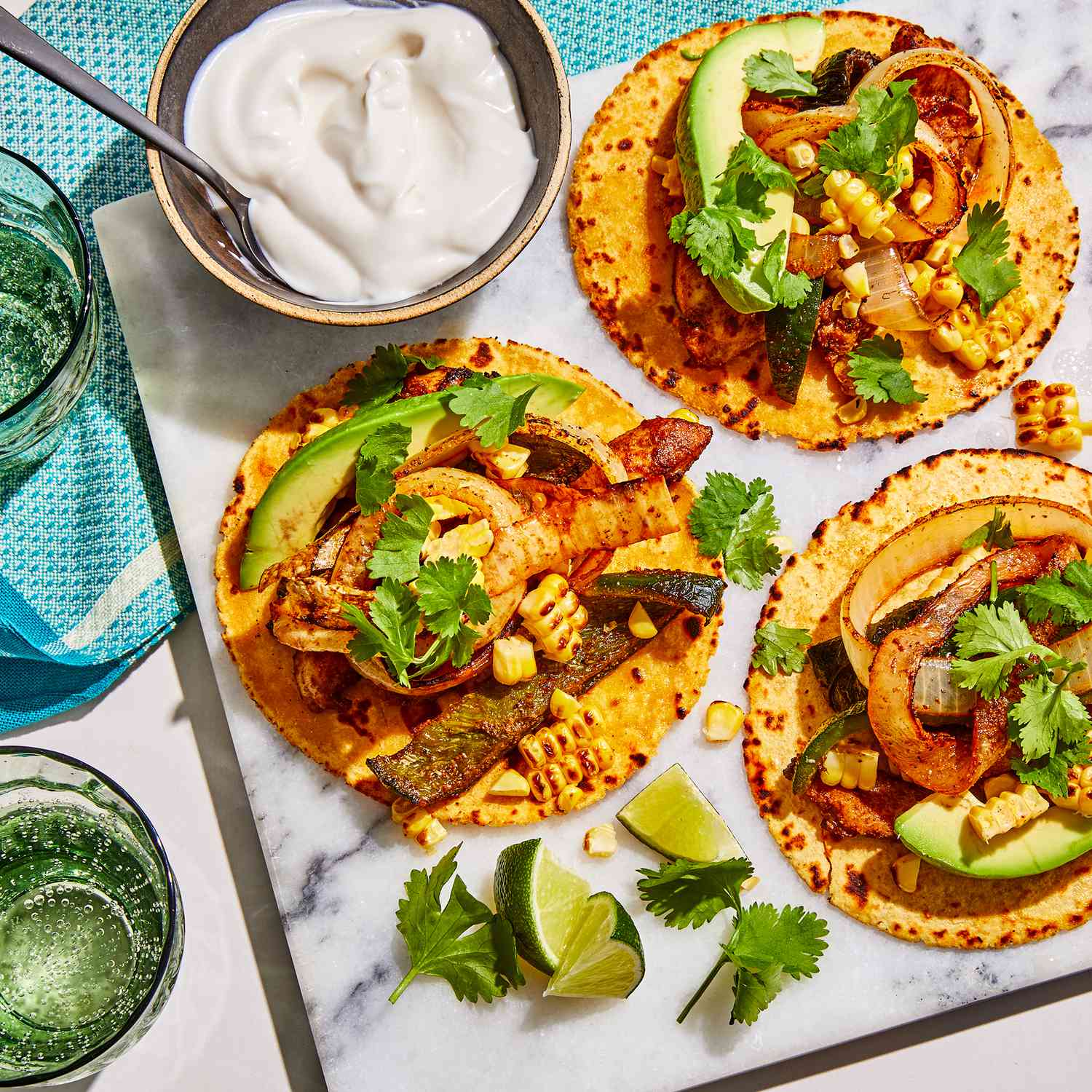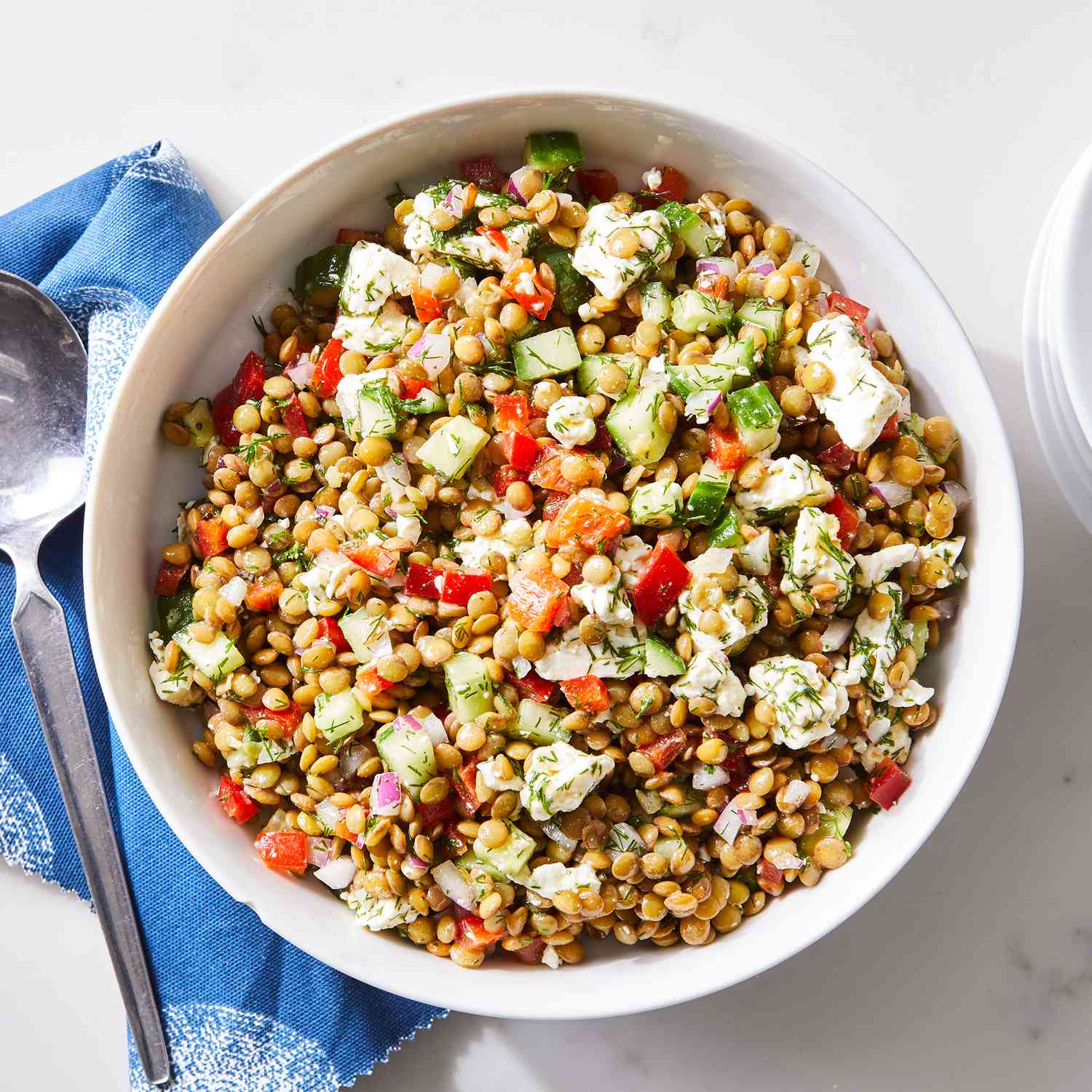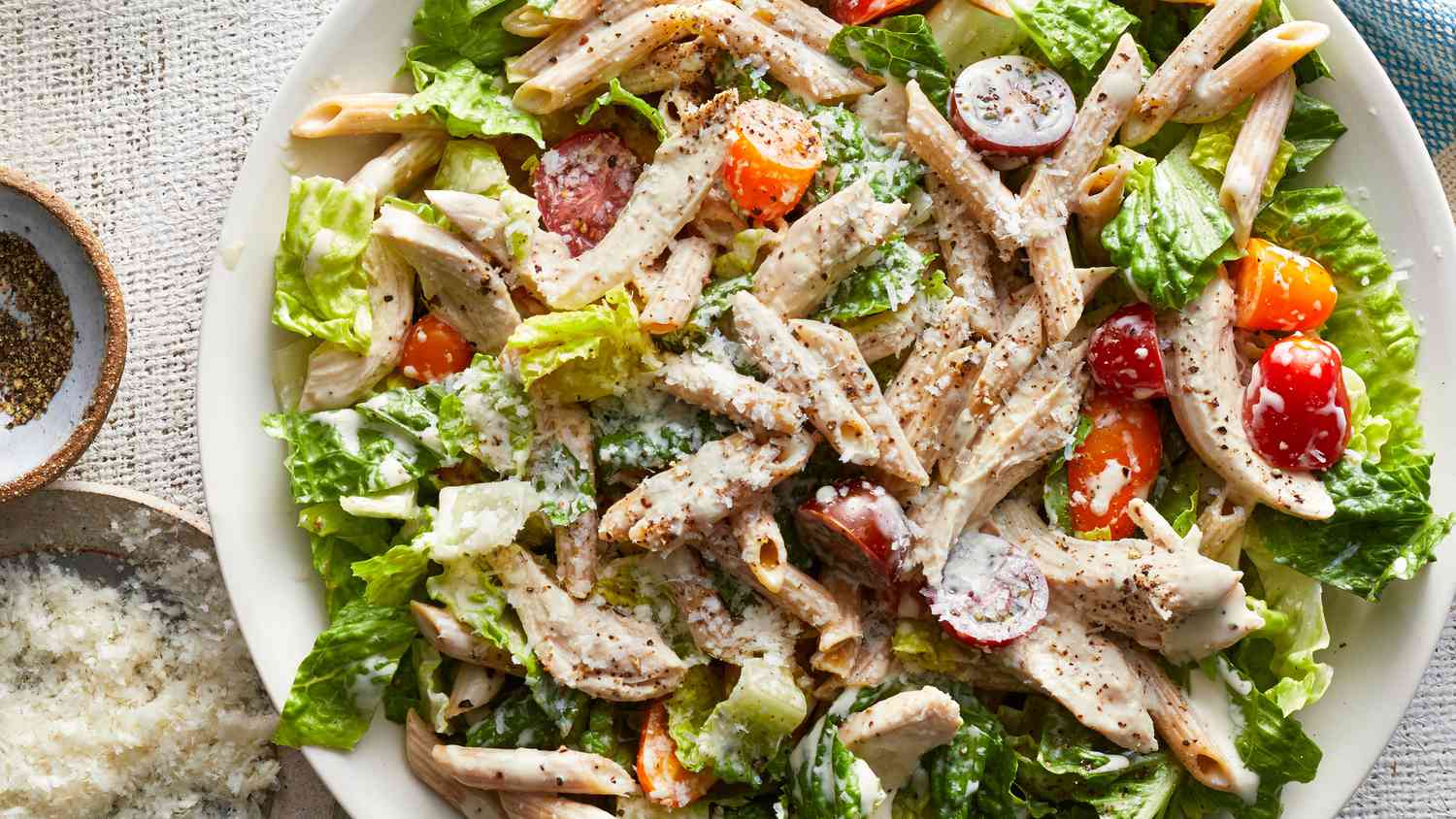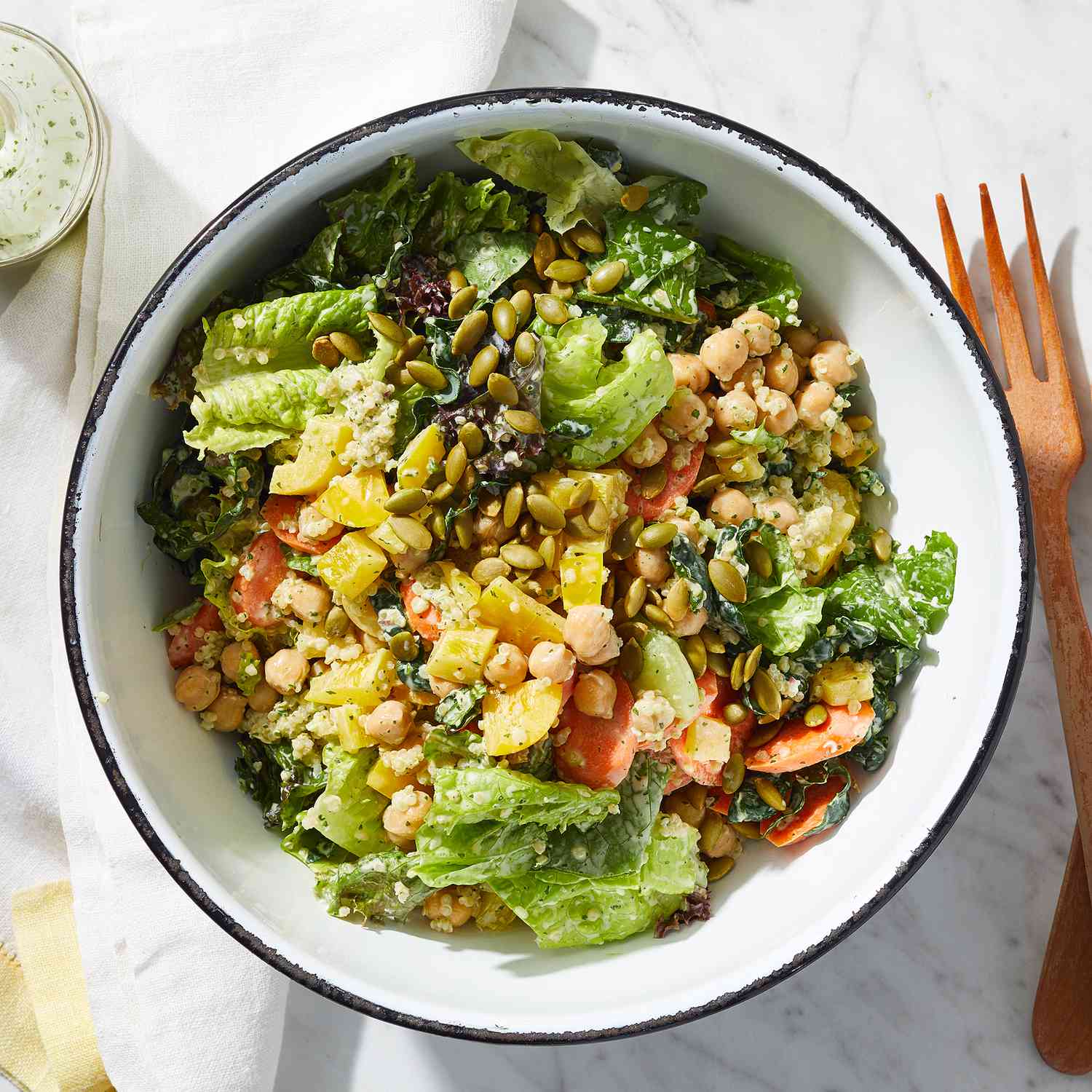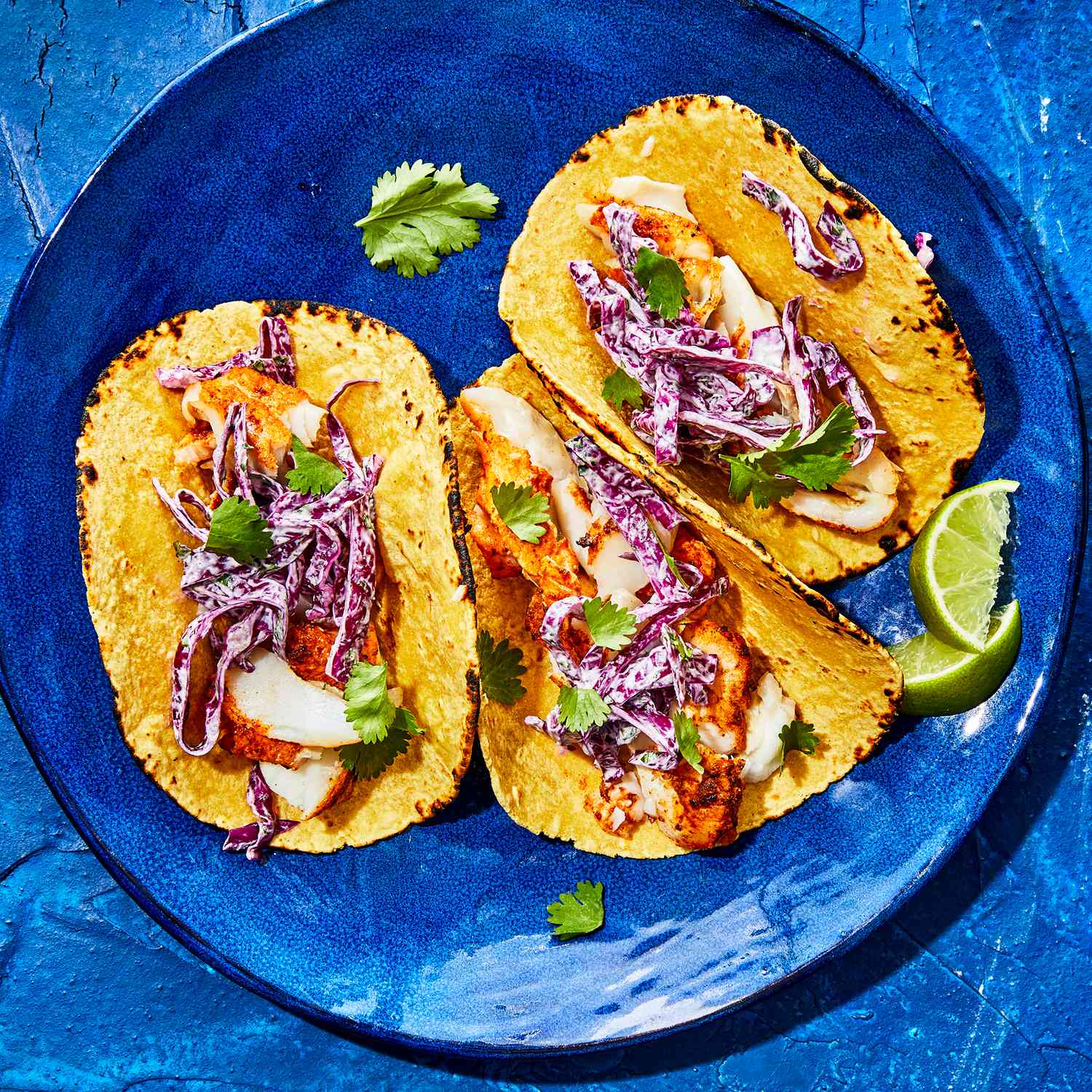From indianexpress.com
The general idea of being fit is usually assumed as exercising regularly and having a healthy diet. Somehow on the face of it, it’s true to some extent, but this is not always the case. People don’t realise that sleep also plays a crucial part when it comes to physical and mental well-being by being a restorative process, which should not be negotiable.
Hectic working hours, increasing stress levels and an unhealthy lifestyle can cause irregular sleep patterns. This not only disturbs your daily routine but can also hamper your health leading to lifestyle conditions like deranged cholesterol and diabetes.
It’s a preconceived notion that cholesterol and diabetes are usually genetic diseases and only unhealthy eating patterns and lifestyle cause them. A report published in the Harvard Health Journal stated that short-term sleep deprivation can put you at risk of both deranged cholesterol and diabetes.
So, let’s dive deep into how sleep affects cholesterol and diabetes levels.
What happens when you sleep
Sleep helps your body and mind repair and recharge themselves. The release of a hormone called melatonin during sleep relaxes your body, leading to a slight drop in blood pressure and heart rate. But things can go for a toss if you are sleep-deprived or have a disrupted circadian rhythm. Insomnia can generally make your body work abnormally. It affects your mental and physical abilities to prepare your body for the next day. It leaves your brain exhausted, affecting the natural functioning of the body.
Connection between sleep deprivation and cholesterol
Lack of sleep can lead to higher cholesterol and blood pressure. In a 2009 study, called the “Issue of Sleep”, it was found that men who slept less than six hours had higher LDL cholesterol. Additionally, women who slept almost the same amount had lower cholesterol levels. Now, this also depicts that sleep affects men and women differently. Sleep deprivation can dip levels of leptin, a hormone that stabilises metabolism and appetite. No doubt that people who are obese often have higher cholesterol levels. Even in 2020, a research by the Institute of Military Cognitive and Brain Sciences, Academy of Military Medical Sciences, Beijing showed that sleep deprivation increased the serum cholesterol levels and encouraged cholesterol pileup in the liver.
Diabetes and lack of sleep
According to the Centres for Disease Control and Prevention (CDC), having irregular sleep patterns can increase insulin resistance in your body. A 2009 report in Diabetes Care found an increased risk of Type 2 diabetes in people with persistent insomnia. Similarly, people with diabetes are often sleep deprived because of frequent urination at night. Even if you have prediabetes, poor sleeping patterns will worsen your glucose intolerance.
Sleep deprivation has been found to raise levels of ghrelin, the hunger hormone, and decrease levels of leptin, the satiety hormone. That’s why people seek relief in foods that raise blood sugar. The American Academy of Sleep Medicine and the Sleep Research Society recommend that adults should get a minimum of seven to eight hours of sleep per day. Staying up late at night means binge-watching and eating, which often results in consuming junk foods that are high in carbs and sugar. All this increases the risk of Type 2 diabetes and is equally connected to obesity.
Here’s how you can improve your sleeping patterns and get quality sleep
Set up a sleeping schedule: Just like any other routine, having a definite sleeping pattern can help you maintain your cycle of rest and activity. Sleeping at the same time every day and waking up on time will help you attain quality sleep.
Relax before bedtime: Proper relaxation of body and mind before sleeping can make you sleep like a baby. For this, you need to keep your phone aside for at least half an hour before bed. Ensure that your room is dark and quiet. Plus, you can always read a good book or listen to soothing music which can prepare you for deep sleep.
Healthy diet and exercise are the keys: Along with the sleeping routine, a proper meal and regular exercise will make you sleep more easily and peacefully. Have a nutritious and light meal four hours before going to bed. Exercising for 20-30 minutes is a must.
Following these tips and keeping a check on your sleep patterns can reduce your risk of high cholesterol and diabetes and lead to your well-being as well.
https://indianexpress.com/article/lifestyle/health-specials/lack-sleep-cholesterol-diabetes-8376708/

